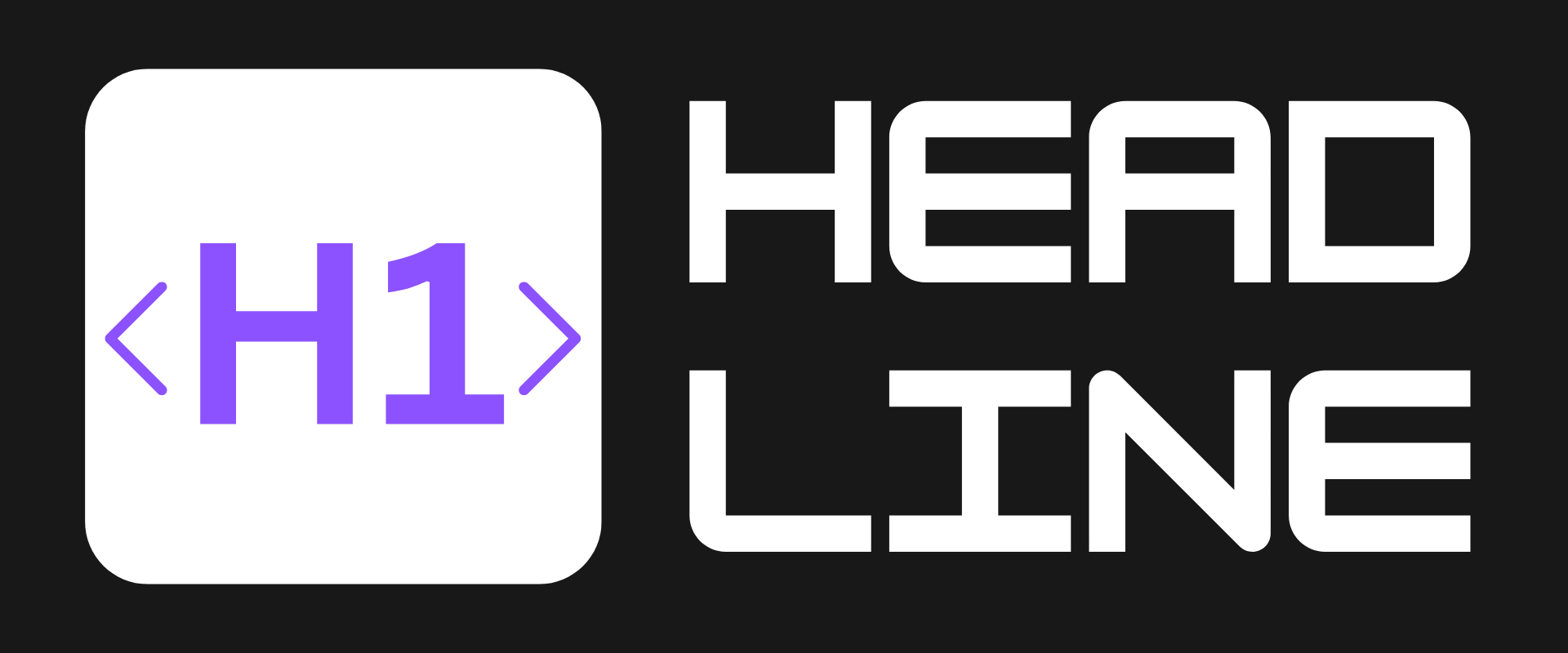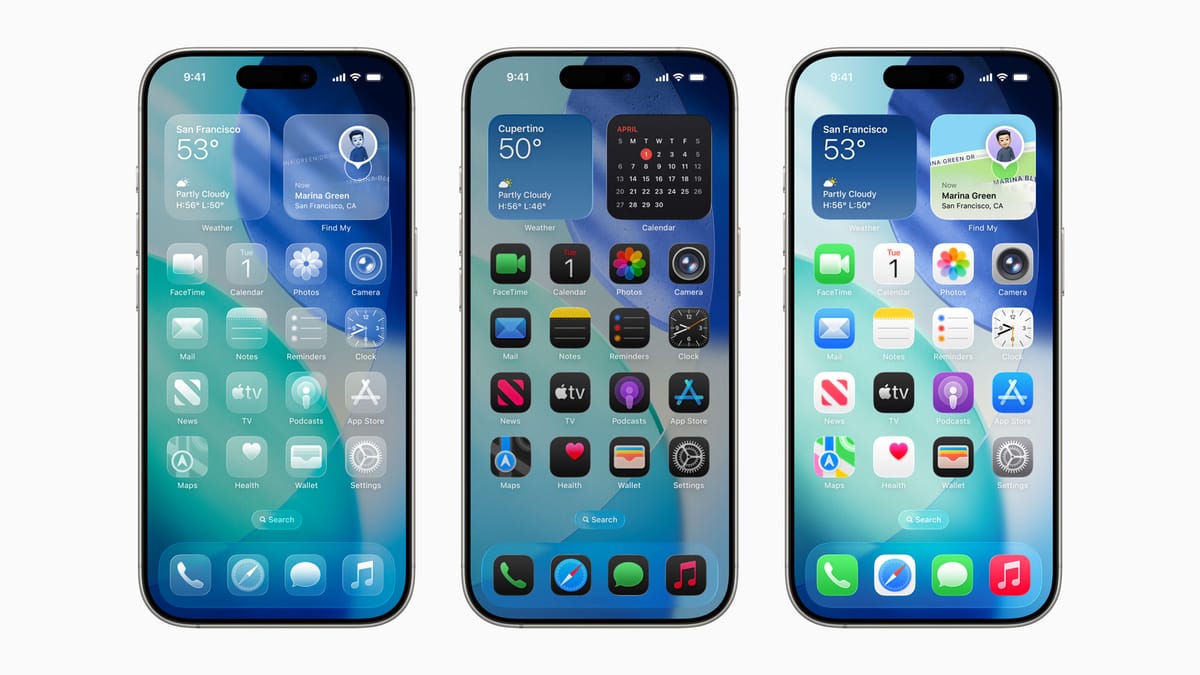Will Trump’s iPhone Tariffs Crush Apple—or Save American Jobs?

Trump’s Tariff Threat Sparks a High-Stakes Tech Standoff
President Trump’s recent threat to slap a 25% tariff on iPhones not made in the U.S. has sent shockwaves through the tech world. National Economic Council Director Kevin Hassett insists the administration doesn’t want to “harm Apple,” but critics warn of skyrocketing prices—up to $3,500 per iPhone—and supply chain chaos. Is this a bold play to revive U.S. manufacturing, or a risky gamble that could backfire? Let’s dive in.
🌍 The Tariff Tug-of-War: Key Flashpoints
- 25% Tariff Threat: Trump’s ultimatum targets iPhones made in China, India, or Vietnam, where Apple currently manufactures most devices.
- Price Surge Predictions: Analysts estimate U.S.-made iPhones could cost $3,500+ due to labor and material costs—nearly triple today’s prices.
- Supply Chain Elasticity: Hassett argues Apple could absorb tariffs without raising consumer prices, claiming iPhones have “elastic supply.”
- Corporate Pressure Campaign: The administration has urged Walmart and others to “eat the tariffs,” signaling a broader strategy to shift costs to companies.
✅ The Administration’s Playbook: Reshaping Global Trade
- 🇺🇸 U.S. Manufacturing Push: Trump’s demand aligns with his “America First” agenda, aiming to repatriate tech manufacturing jobs lost overseas.
- 💵 Corporate Accountability: By pressuring Apple to build locally, the White House seeks to reduce reliance on foreign supply chains.
- 🛠️ Trade Deal Leverage: Tariffs could be a negotiating tactic to extract concessions from China or other nations in ongoing trade talks.
Feasibility Check: While reshoring sounds patriotic, Apple’s intricate global supply chain—spanning 43 countries—makes rapid U.S. transition nearly impossible. Building semiconductor factories alone takes 3-5 years.
⚠️ The Roadblocks: Why This Could Backfire
- 🚧 China Dependency: 95% of iPhones are assembled in China. Shifting production would disrupt Apple’s $383B annual revenue machine.
- 📉 Consumer Backlash: Even a 10% price hike could dent iPhone sales, which account for 52% of Apple’s revenue.
- 🔄 Corporate Resistance: Walmart and Target already pushed back on similar tariffs, warning of “higher prices for working families.”
🚀 Final Thoughts: A High-Wire Act With No Safety Net
This tariff gamble hinges on three factors:
- 📈 Apple’s Flexibility: Can Tim Cook negotiate exemptions or gradual timelines?
- 🤝 China’s Response: Will retaliatory tariffs hit U.S. agriculture or other sectors?
- 🕒 Election Clock: With 2024 looming, Trump needs tangible wins without spooking markets.
As investors bid Apple shares up 2% post-announcement, Wall Street seems cautiously optimistic. But for everyday consumers, the stakes are clear: pay more for iPhones or wait for a manufacturing miracle. What’s your take—are these tariffs a masterstroke or a misstep?
Let us know on X (Former Twitter)
Sources: CNBC. Trump advisor Hassett says ‘we don’t want to harm’ Apple with iPhone tariffs, May 2025. https://www.cnbc.com/2025/05/27/trump-apple-iphone-tariffs.html










